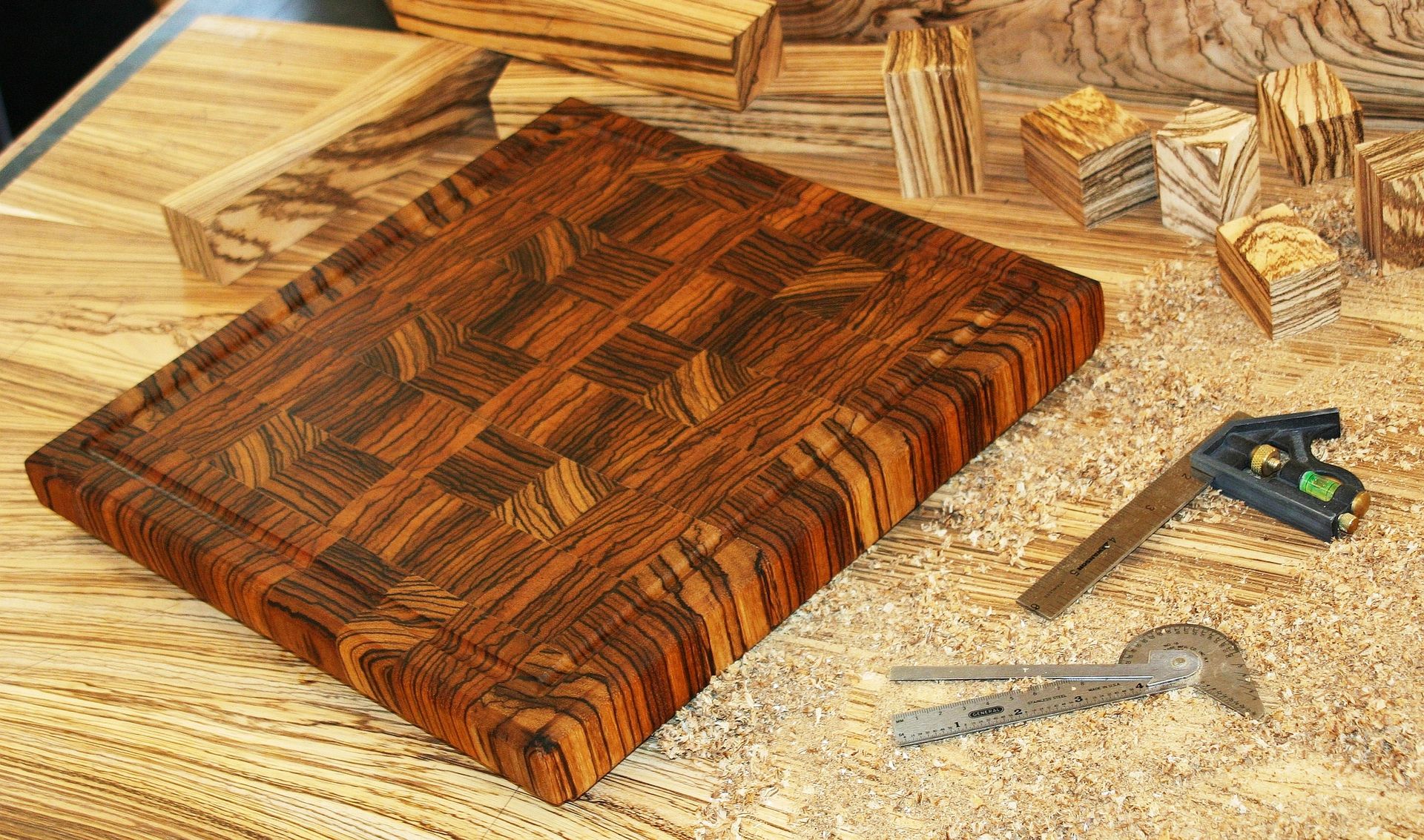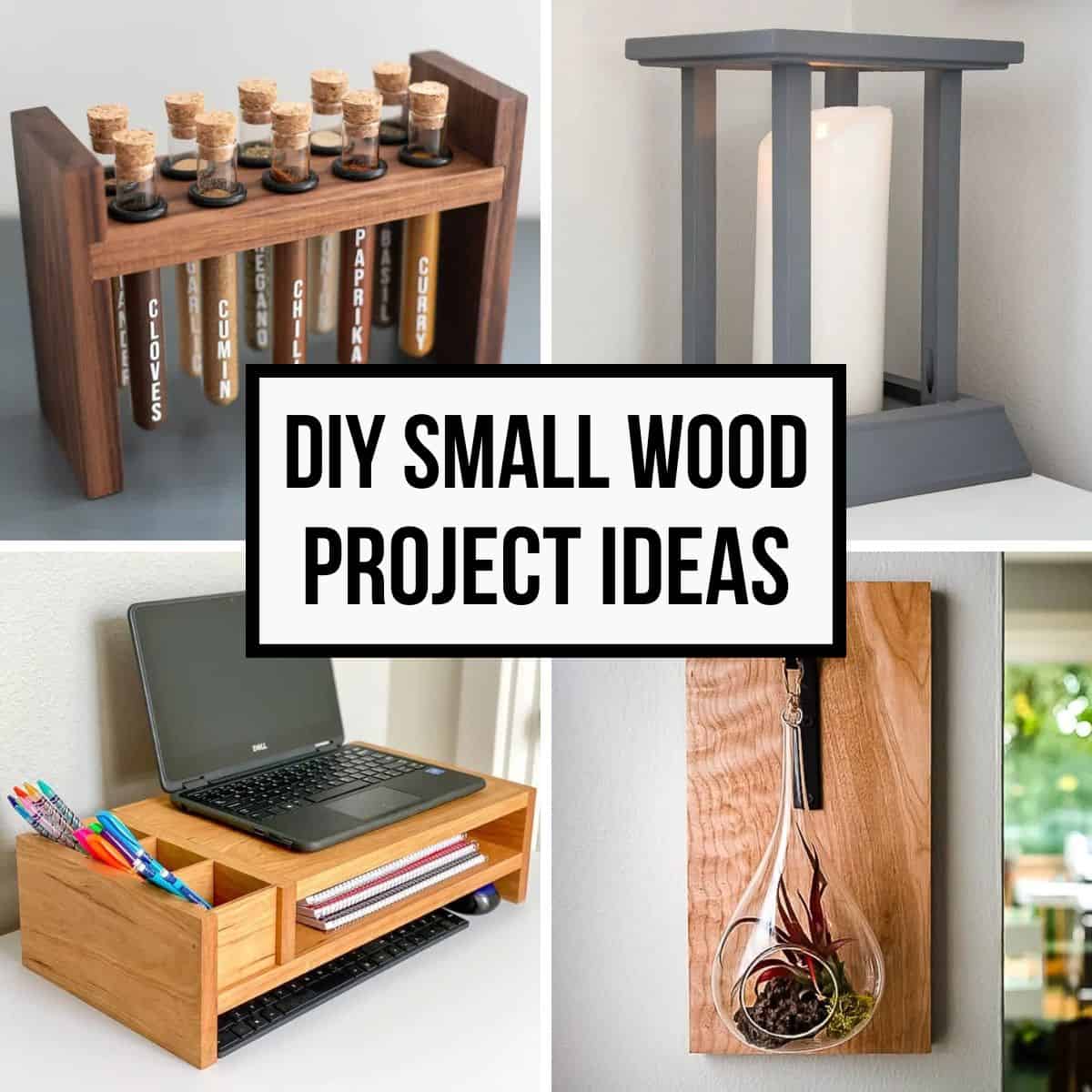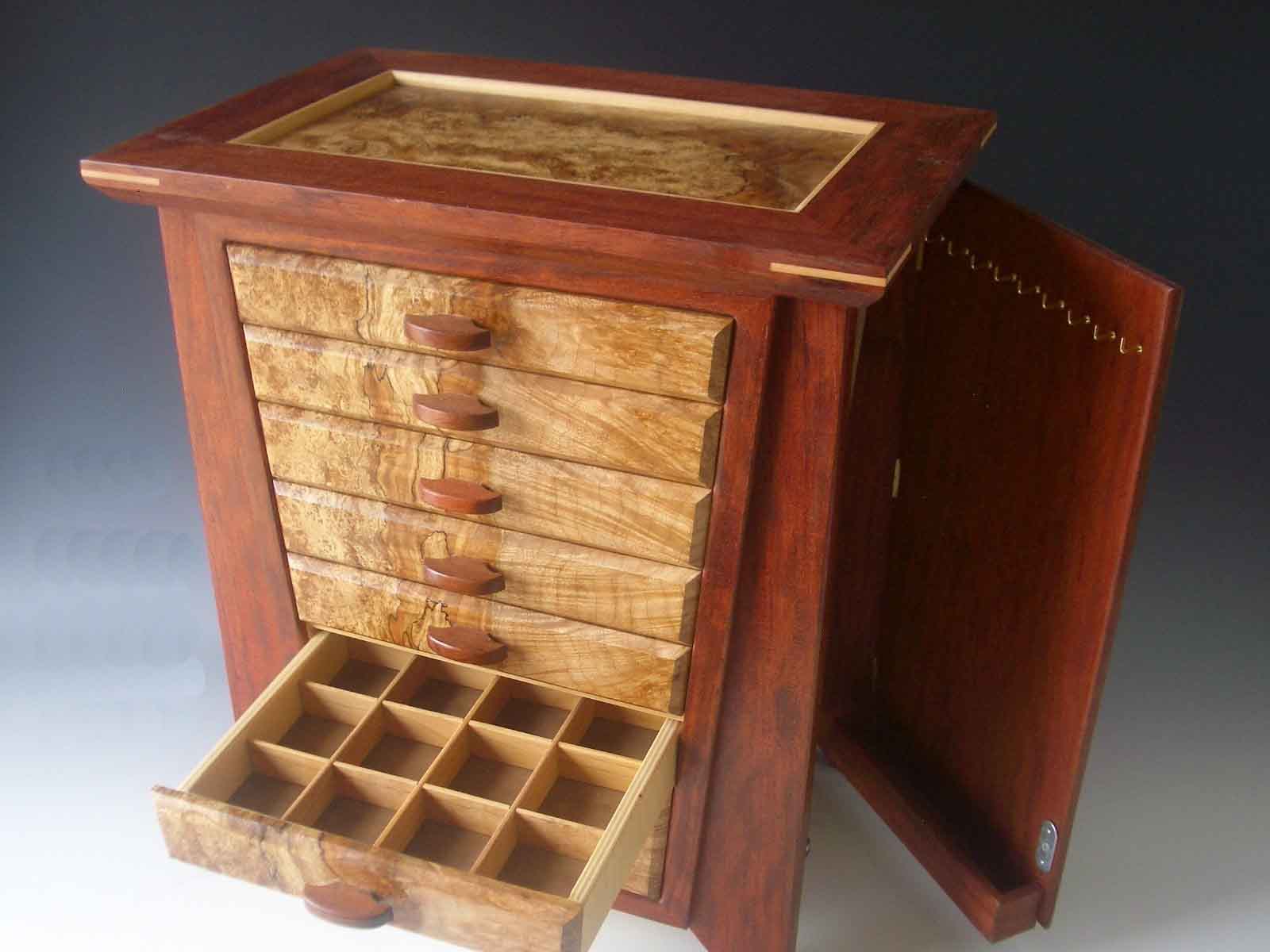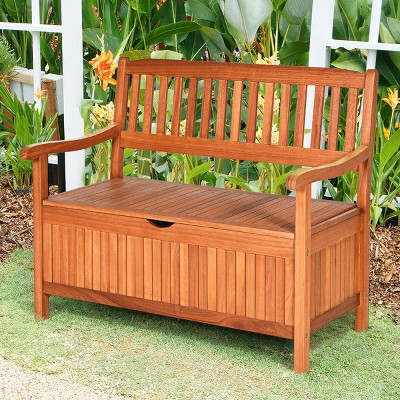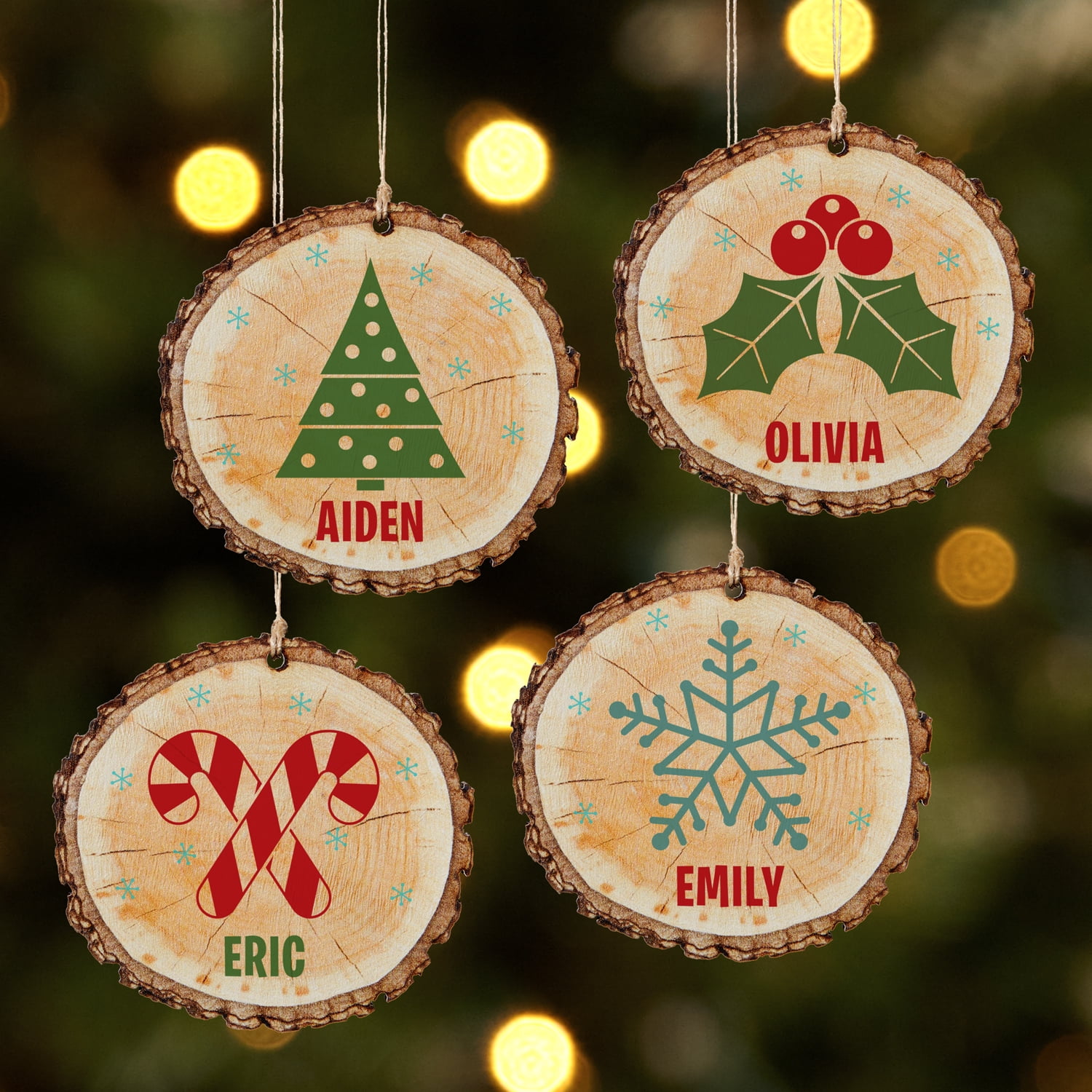
DIY Woodworking: The Best Dado Joints for Building Drawers
When it comes to constructing durable and aesthetically pleasing drawers, choosing the right joint is paramount. Among the various joinery techniques, dado joints stand out as a reliable and robust option. Their strength and stability, combined with their ease of construction, make them a popular choice for DIY woodworkers. This article delves into the world of dado joints, exploring their advantages, different types, and best practices for creating them.
Understanding Dado Joints
A dado joint is a recessed groove cut into a piece of wood that precisely fits a corresponding projection on another piece. It creates a strong and secure connection, similar to a mortise and tenon joint but with a wider, rectangular profile. The dado is typically cut across the grain of the wood, while the corresponding projection, called a "dado tongue," runs with the grain. This orientation enhances the joint's strength and stability.
Advantages of Dado Joints
Dado joints offer several advantages over other joinery methods:
- Strength and Stability: The large surface area of the dado joint creates a strong, interlocking connection that distributes stress evenly, resulting in exceptional durability and resistance to racking and twisting.
- Ease of Construction: Compared to other complex joints, dado joints are relatively straightforward to create, especially with the help of a dado stack or dado blade on a table saw.
- Clean and Professional Look: The smooth, flush surfaces of a well-executed dado joint create a clean and professional appearance, enhancing the overall aesthetic appeal of your drawer construction.
- Versatility: Dado joints are adaptable to various woodworking projects, including shelves, cabinets, and furniture frames, not just drawers.
Types of Dado Joints
There are different types of dado joints, each suited for specific applications and aesthetics:
Standard Dado Joint
The most common type, this dado joint is a simple, rectangular groove cut across the grain of the wood. It provides a solid, reliable connection and is easy to create.
Through Dado Joint
A through dado joint extends completely through the thickness of the wood, allowing for a more substantial connection. This type is particularly useful for applications where maximum strength is required, such as heavy-duty shelves or drawer boxes.
Blind Dado Joint
A blind dado joint only partially cuts through the wood, creating a hidden joint. This type is aesthetically appealing, as it avoids any visible grooves on the surface of the wood.
Double Dado Joint
This joint involves cutting two dados side-by-side, creating a channel for a double-thickness tongue. It offers increased strength and stability, making it suitable for heavier loads or demanding applications.
Tools and Techniques for Cutting Dado Joints
Cutting accurate and precise dado joints requires the right tools and techniques. Here are some essential tools and methods:
Table Saw with Dado Stack
A table saw equipped with a dado stack is the most common and versatile tool for cutting dado joints. A dado stack consists of two outer blades and one or more inner chipper blades, allowing you to create a wide range of dado widths. This setup provides precise cutting depth and a clean, smooth finish.
Dado Blade
A dado blade is a single, specialized blade designed for cutting dado joints. It features multiple teeth with a wider kerf than a standard saw blade. While not as versatile as a dado stack, it is a more affordable option for simple dado cuts.
Router with Dado Jig
A router, combined with a dado jig, can also be used to create dado joints. A dado jig is a template that guides the router, ensuring consistent and accurate cuts. This method is particularly suitable for cutting blind dado joints or complex dado shapes.
Hand-Cutting Dado Joints
While not as common, hand-cutting dado joints is possible using a chisel and a marking gauge. This method requires skill and patience, but it allows for exceptional accuracy and control.
Best Practices for Cutting Dado Joints
To ensure optimal results and create durable dado joints, follow these best practices:
- Use Sharp Blades: Always ensure that your saw blades or router bits are sharp and in good condition for precise and clean cuts.
- Proper Setup: When using a table saw or router, set up your tools correctly and adjust the depth of cut accurately to avoid cutting too deep or too shallow.
- Measure Twice, Cut Once: Accurately measure and mark your wood before making any cuts. Double-check your measurements to ensure a perfect fit.
- Support the Wood: When cutting dado joints, ensure that the wood is securely supported to prevent movement or vibration, which can lead to inaccurate cuts.
- Use a Fence: A fence on your table saw or router will ensure straight and parallel dado cuts.
- Clean Up: After cutting, remove any sawdust or chips to prevent them from interfering with the glue joint.
Tips for Building Drawers with Dado Joints
Here are some specific tips for building drawers using dado joints:
- Choose the Right Wood: Select a stable wood species that won't warp or twist easily, such as maple, cherry, or oak.
- Consider the Drawer Size: The size and weight of the drawer will determine the appropriate dado width and depth.
- Create a Tight Fit: Ensure that the dado tongues fit snugly into the dados to create a strong connection.
- Use Glue: Apply wood glue to the dado joint for a secure bond.
- Clamping: Clamp the pieces together firmly while the glue dries.
- Sand the Joints: After the glue has dried, sand the joints smooth for a professional finish.
Conclusion
Dado joints are a reliable and versatile joinery technique for building strong and aesthetically pleasing drawers. By understanding their advantages, different types, and best practices for cutting them, you can create high-quality drawers that will last for years to come. Whether you are a beginner or a seasoned woodworker, dado joints are a valuable tool to have in your arsenal.


